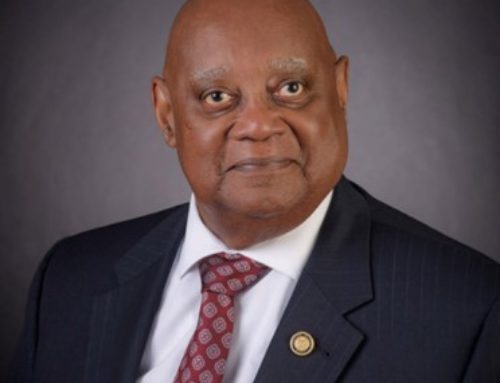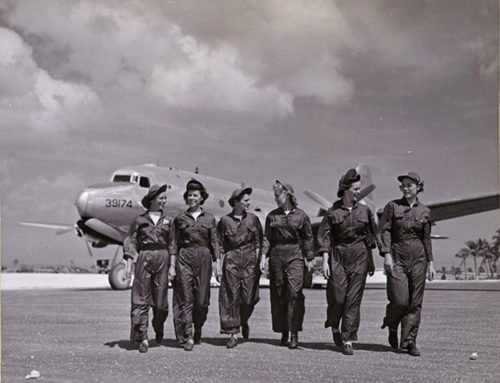Alexander Bonnyman, Jr., was born on 2 May 1910 in Atlanta, Georgia. He attended Princeton University, served as a U.S. Army Air Corps flying cadet in 1932, and worked in the coal-mining industry during the 1930s. (He washed out of flight school after three months for “buzzing too many towers.”) In June of 1942 he enlisted in the U.S. Marine Corps and, after completing basic training, was assigned to the Sixth Marines, Second Division. His distinguished service in the final w…eeks of the Guadalcanal campaign earned him a battlefield commission; he was promoted to second lieutenant in February of 1943 and to first lieutenant just six months later.
The morning of 20 November 1943 found Bonnyman, serving as the Executive Officer of the Second Battalion Shore Party, Eighth Marines, Second Marine Division, taking part in the amphibious assault on Betio Island, part of the Tarawa Atoll in the Gilbert Islands. For three straight days, during some of the Pacific war’s bloodiest fighting, Bonnyman led his men with “conspicuous gallantry and intrepidity.” His Medal of Honor citation records his actions:
“Acting on his own initiative when assault troops were pinned down at the far end of Betio Pier by the overwhelming fire of the Japanese shore batteries, First Lieutenant Bonnyman repeatedly defied the blasting fury of the enemy bombardment to organize and lead the besieged men over the long, open pier to the beach and then, voluntarily obtaining flame throwers and demolitions, organized his pioneer shore party into assault demolitionists and directed the blowing of several hostile installations before the close of D-Day. Determined to effect an opening in the enemy’s strongly organized defense line the following day, he voluntarily crawled approximately 40 yards forward of our lines and placed demolitions in the entrance of a large Japanese emplacement as the initial move in his planned attack against the heavily garrisoned, bombproof installation which was stubbornly resisting despite the destruction early in the action of a large number of Japanese who had been inflicting heavy casualties on our forces and holding up our advance. Withdrawing only to replenish his ammunition, he led his men in a renewed assault, fearlessly exposing himself to the merciless slash of hostile fire as he stormed the formidable bastion, directed the placement of demolition charges in both entrances and seized the top of the bombproof position, flushing more than 100 of the enemy who were instantly cut down, and effecting the annihilation of approximately 150 troops inside the emplacement. Assailed by additional Japanese after he had gained his objective, he made a heroic stand on the edge of the structure, defending his strategic position with indomitable determination in the face of the desperate charge and killing three of the enemy before he fell, mortally wounded. By his dauntless fighting spirit, unrelenting aggressiveness and forceful leadership throughout 3 days of unremitting, violent battle, First Lieutenant Bonnyman had inspired his men to heroic effort, enabling them to beat off the counterattack and break the back of hostile resistance in that sector for an immediate gain of 400 yards with no further casualties to our forces in this zone. He gallantly gave his life for his country.”
Bonnyman’s medal was presented to his 12-year-old daughter, Frances, in 1947. His body, unfortunately, was never recovered; he is one of an estimated 73,000 American military personnel who took part in World War II and remain unaccounted for. Some reports indicate that Bonnyman’s body rolled down the steep side of the bunker on which he died and was buried in a mass grave with other Marines. Their brothers-in-arms intended to come back for their remains, but were unable to do so. His family hopes that the Joint POW/MIA Accounting Command, which continues to search for the missing around the world, will one day find him.
Bonnyman is listed on the “In Memory” marker at Santa Fe National Cemetery in New Mexico and on the Wall of the Missing at the National Memorial Cemetery of the Pacific in Hawaii. USNS 1ST LT ALEX BONNYMAN (T-AK-3003), a maritime prepositioning ship, in action from 1985 through 2009, was named in his honor.
Note: The photo below, taken during the battle, shows Bonnyman at the top of the ladder on the bunker where he was eventually killed.





